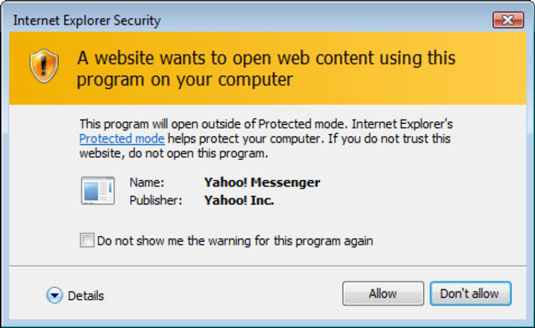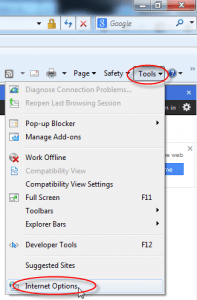

The uninstallation tool removes relevant details from the registry and reduces the chances of after installation issues that may occur because of the partial installation’s failure. This Autodesk uninstall tool plays a crucial role if the installation failed due to any reason, and the user wants to have a clean installation.

Thus, to leverage user experience and ease down the user’s steps, Autodesk came up with a unique yet interesting idea of having an uninstallation tool that provides the choice to uninstall all the components for the complete Autodesk suite. Post work completion, it was a hassle to remove these additional products using the standard add/remove programs through the control panel. If you’re unsure whether an extension is safe or not, and you are still determined to install it, make sure you know how to run Windows 10 in safe mode so that you can uninstall it if it goes rouge.During the installation of Autodesk, a large number of additional components are installed that are required by personal as additional plugins for their work.

File Explorer is an integral app on Windows 10 so if you end up installing an extension that hijacks it, getting rid of it might be an ordeal. UWP app extensions are uninstalled from the Apps group of settings in the Settings app.įile Explorer extensions are great but remember to only install them if you’re sure they’re safe. An example of this are the various extensions that are available for the Photos and TV & Movies apps. Microsoft hasn’t introduced a UWP file manager, and we can only hope they don’t do so until they have a really, really good app to replace it with.Įxtensions for UWP apps are also UWP apps themselves. Select the extension from the list, and click the Uninstall button to remove the extension.įile Explorer extensions are desktop apps because File Explorer itself is still a desktop app. It is important that you know the extension’s name because the Control Panel doesn’t sort items by type. Open Control Panel and look through the list of installed apps and you will find the extension that you installed. Since extensions for File Explorer install like ordinary desktop apps, you will uninstall them the same way. Like most apps, the extension should start working right away but if it doesn’t, you should restart File Explorer. You will need admin rights to install it. Install extensionsįile Explorer extensions are really EXE files so all you have to do is run it like you would any other desktop app. You can look for them via a Google search, or you can try out this extension that lets you enable SVG file previews in File Explorer. There’s no particular repository for File Explorer extensions so I can’t point you to a website for it.


 0 kommentar(er)
0 kommentar(er)
